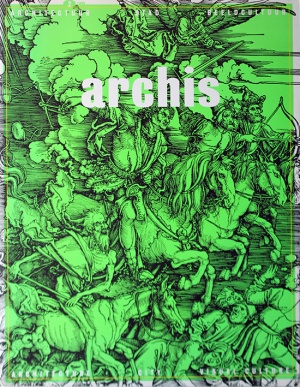Showroom
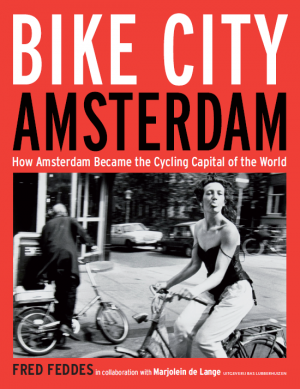

Bike City Amsterdam. How Amsterdam became the Cycling Capital of the World
Bas Lubberhuizen, Amsterdam april 2019
The bicycle is omnipresent in the streets of Amsterdam, in the rhythm of its people's lives, and in the city's image. To many outsiders, Amsterdam comes close to being a cyclist's paradise, but it wasn't always that way. Around 1960 the bicycle came under huge pressure due to the rapid increase of car traffic. It was through a unique combination of grassroots activism and municipal policy, supported by advantageous circumstances and driven by smartness and perseverance, that the bicyle managed to make an astounding comeback.
Bike City Amsterdam recounts the story of the amazing transformation of a city that made way for the bicycle, while the bicycle in turn helped make the city liveable again. The book highlights the accomplishments of the bicycle city, as well as its setbacks and its counterforces. Its story ranges from the everyday bicycling culture to the notorious battle for the Rijksmuseum bicycle passageway and the urban challenges for the near and far future.
I wrote Bike City Amsterdam in colloboration with Marjolein de Lange. The book coincides with the transfer of the Amsterdam Cyclists' Union archives to the Amsterdam City Archives (Stadsarchief Amsterdam). The Dutch language edition is published simultaneously as Fietsstad Amsterdam.
For more information, a summary, and access to selected historical documents, see: www.bikecityamsterdam.nl
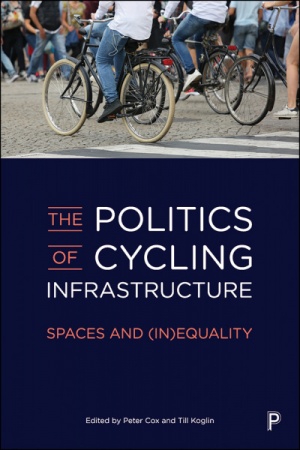

Hard work in Paradise. The contested making of Amsterdam as a cycling city
Co-authors: Marjolein de Lange and Marco te Brömmelstroet
Article in: Peter Cox and Till Koglin (eds.), The Politics of Cycling Infrastructure. Spaces and (In)Equality, Policy Press, Bristol 2020, pp. 133-155
This book offers an overview and critical examination of bicycle policy and bicycle structures in a wide, international range of cities, from Uppsala to Johannesburg and from Sao Paulo to Sofia.
In our contribution Marjolein de Lange, Marco te Brömmelstroet and I summarize the resurrection of Amsterdam as a successful bicycle city since the 1960s, while balancing admiration for its achievements ("paradise") with critical analysis of its unsolved issues ("hard work").
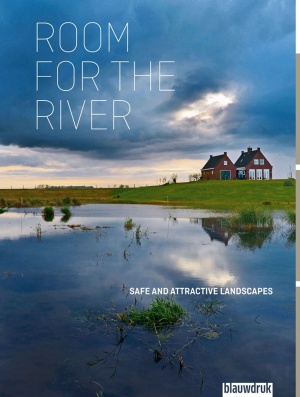

Making room for the river
Chapter in: Dirk Sijmons (et.al.), Room for the River. Safe and attractive landscape, Blauwdruk Publishers, Wageningen 2017, p.10-25
In the past decade the Dutch river landscape has undergone a remarkable metamorphosis. The Room for the River programme is part of the Netherlands’ preparations for predicted high water levels. The programme uniquely combined two goals: it created more room for the river to improve water safety and reduce flood risks, and at the same time it improved the quality of the landscape.
The book contains a comprehensive overview of over thirty projects that together make up this important delta programme, that has been exceptionally successful even by Dutch standards. Special attention is given to the landscape quality perspective.
In my introductory essay I position the Room for the River programme in its historical, societal, professional and political context, followed by a sketch of the implementation strategy. I also emphasize the international relevance of this Dutch achievement, framing it as ‘a new answer to the age-old question that has confronted peoples at various times and places around the world: How can we live and flourish in a delta?’
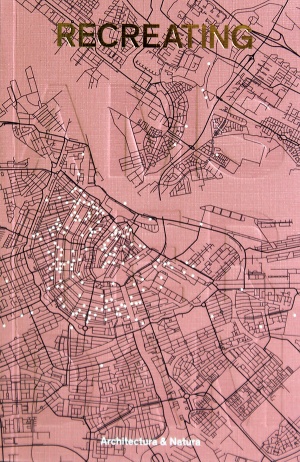

Recreating Amsterdam
Architectura & Natura, Amsterdam 2016
The Amsterdamse Maatschappij tot Stadsherstel – ‘Amsterdam Society for City Restoration’ – was founded in 1956 as a not-for-profit company with the practical aim to restore and revitalize dilapidated parts of the historic city centre. Since then hundreds of buildings have been restored, with the individual houses being valued not in isolation but as parts of a coherent urban entity.
Stadsherstel first focussed on housing but later expanded its activities to include building types such as churches, windmills and industrial heritage, both within Amsterdam and in a wider region. Stadsherstel now also owns the famous wooden houses on the Zaanse Schans. The Stadsherstel model has attracted attention internationally, and it has been followed in such diverse cities as Casablanca, Zanzibar and Paramaribo.
In my essay I investigate the company’s unique character, reconstructing its roots and history from the troubled fifties, and arguing that the early Stadsherstel philosophy predates the better-known Robert Moses vs. Jane Jacobs episode in New York. The book features an extensive documentation of Stadsherstel projects form the past 60 years.
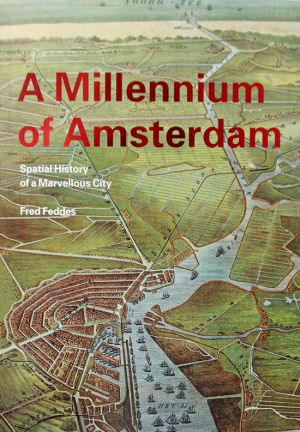

A Millennium of Amsterdam. Spatial History of a Marvellous City
Thoth, Bussum 2012, sixth edition 2025
How did the landscape now known as Amsterdam look before there was an Amsterdam? Why is the Jordaan quarter so different from the adjoining canal zone? Is Central Station in the right place? Why did Amsterdam’s impressive planning machine grind to a halt around 1970, and what happened after that? Who owns Amsterdam, and, for that matter, how great is Amsterdam?
These questions, and many more, are dealt with in this richly and effectively illustrated book about a thousand years of Amsterdam’s spatial history. In the book I thread together a chain of forty stories – loosely organized in five chronological parts – about the original landscape, its reclamation, the changing relation between water and land, and the ever continuing history of the building and rebuilding of the city.
Starting from Dam Square, the book fans out through the city and surrounding region, and through time from the year 1000 to the present day, along the high points of history and down intriguing side paths, to end with a well-earned day out on the beach at IJburg.
Since 2012 A Millennium of Amsterdam has been acknowledged as an indispensable and stimulating standard work on the fascinating spatial history of this marvellous city. In 2025 the sixth, revised edition was published as a paperback.
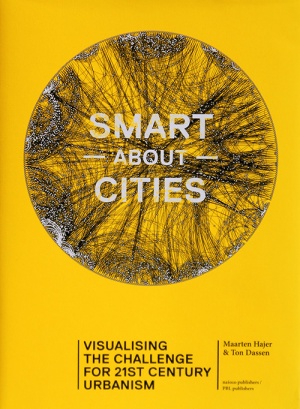

Smart About Cities. Visualising the Challenge for 21st Century Urbanism
Co-authors: Maarten Hajer, Ton Dassen, Nienke Noorman
nai010 publishers / PBL publishers, Rotterdam/The Hague 2014
Over 50 percent of the world's population now live in an urban environment, and this share remains on the rise. The major issues of the 21st century will inevitably be urban issues and the solutions will have to be found in cities as well. This books covers two aspects of the immense urbanistic questions facing us.
In the first part Maarten Hajer warns against an exclusive focus on the popular concept of a 'smart city'. In the analogy of a city as a body, not only its brain deserves attention but also its metabolism, its veins, bones and muscles.
In the second part the metabolism of the city is elaborated on, and visualised in numbers, maps and infographics. How much food does an average Dutch household consume each year? How much water, energy, building materials? How much does that add up to for an entire country? What are the big current and future issues, here and worldwide?
The data in this part were supplied by a team of the Netherlands Environmental Assessment Agency (PBL) lead by Ton Dassen. I did substantial behind the screen editing work on this extraordinary project.
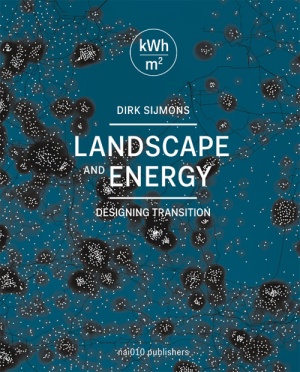

Landscape and Energy. Designing Transition
Co-authors: Dirk Sijmons, Jasper Hugtenburg, Anton van Hoorn
nai010 publishers, Rotterdam 2014
A ground-breaking book on energy and landscape, exploring the spatial and societal aspects of energy transition. Abundant energy availability is an indispensible condition for civilization and prosperity. ‘If the supply of energy failed, modern civilization would come to an end as abruptly as does the music of an organ deprived of wind’, Nobel Prize winner Frederick Soddy wrote a century ago.
Wherever we get our energy from – wood, coal, oil, gas, wind, sun, uranium, geothermics – getting it has spatial consequences. So has energy transport, storage and processing. This book systematically investigates the relation between energy and surface space; hence its nerdy motto: kWh/m2. The book also looks at the future. Rather sooner than later we will have to reduce our fossil fuel use and shift towards sun and wind. This is a huge operation without historical precedence. The book explores how the energy transition can be dealt with from a spatial angle.
In the midst of gloomy prospects about energy, climate and civilization, Landscape and Energy radiates a designers’ optimism: it’s a complex job, but it can be done, so let’s start right away. It’s a radiating book in a literal sense too, thanks to its 'glow in the dark'-cover.
Landscape and Energy was published simultaneously with the Dutch language edition titled Landschap en Energie.
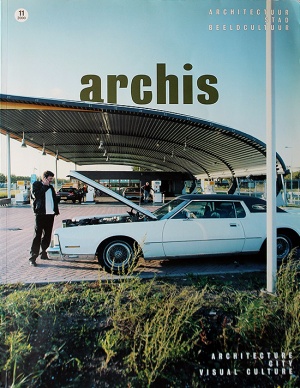

Looking at Holland through half-closed eyes. Politics and spatial planning / Nederland door de oogharen. Politiek en ruimtelijke orde
Article in: Archis, 2000 nr. 11
The Netherlands has a sophisticated ability to organize space. It has to, being a vulnerable yet intensely inhabited and cultivated land with multiple claims on the limited space. Spatial designers have come with ingenious concepts that allow us to understand and organize this complex territory and to make choices along the way. ‘Spatial planning can be so easy’, I wrote in this essay at the time when the government’s Fifth Report on Spatial Planning was being discussed, ‘but not if you make it difficult.’
Making it difficult certainly is what happens when even the most intelligent and inspiring spatial concepts are in danger of being grinded by the administrative order in which national government, provinces and municipalities wrestle with each other. ‘It will be clear that in this Machiavellian universe something as naive as a spatial concept soon loses its maidenhood.’ Could it be different?
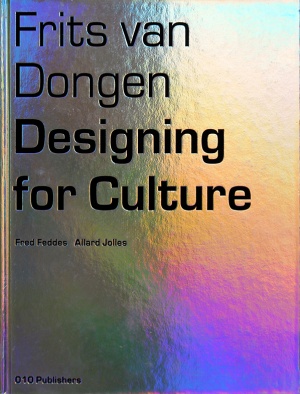

Frits van Dongen. Designing for Culture
Co-author: Allard Jolles
010 Publishers, Rotterdam 2006
Monograph on the cultural buildings by Dutch architect Frits van Dongen, published when Van Dongen received the ‘BNA Kubus 2006’ award. The projects include theatres, concert halls, cinema’s and the Amsterdam Conservatory.
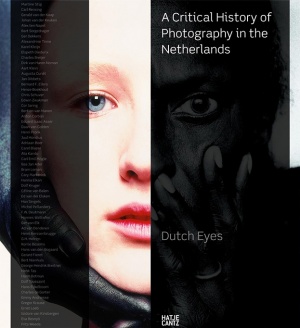

World Press Photo. Family in grief
In: Flip Bool (et.al., ed.), Dutch Eyes. A Critical History Of Photography In The Netherlands, Hatje Cantz, Berlin 2007
Dutch Eyes is a seminal book on the history of photography in the Netherlands. My contribution outlines the origin, context and fame of the international news photography phenomenon based in the Netherlands, World Press Photo.
In the piece I also reflect on the gallery of winning photographs since 1955. There are no mighty men in these pictures, and action photography has become surprisingly scarce. 'Many winning photographs from more recent years were made after the act, away from the action. The focus has shifted from major events to their impact on the smallest imaginable scale, that of the individual. In the course of the Photos of the Year series, action photography has gradually changed into a photography of grief. If World Press Photo indeed represents an annual snapshot of our family of man, then what it reflects is a family in a state of ceaseless distress.'
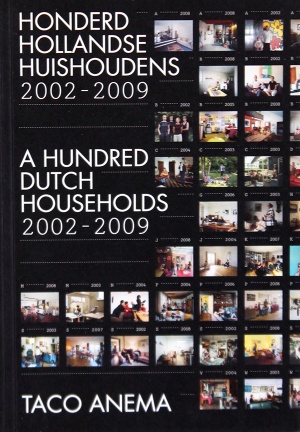

The door is two metres high
Essay in: Taco Anema, A Hundred Dutch Households, De Verbeelding, Amsterdam 2009
Families and households come in many sorts and sizes, and yet they all share basic characteristics that hardly change over time. In this essay, accompanying the photographs Taco Anema made of one hundred households, I touched on both their diversity and similarity.
‘The family is an almost universal form, a small-scale social unit’, I wrote. Referring to the Biblical Jacob’s patchwork household, as well as the opening line in Tolstoy’s Anna Karenina, I suggest: ‘The family is the pocket theatre of human desires, dreams, shortcomings, deceptions and tricks.’ Or much simpler: ‘A household consists of the people who go through one door.’
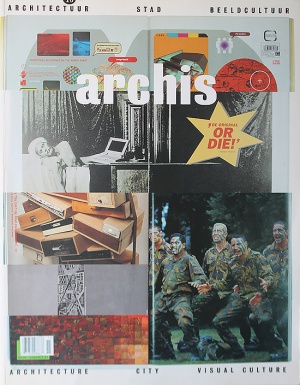

Beside the water. The Crown prince and spatial planning / Langs de waterkant. De kroonprins en de ruimtelijke ordening
Article in: Archis, 1998 nr.10
The Netherlands is largely built on water. For centuries water has defined the shape, functions, quality of life, and the dangers in this delta land. Even now the daily survival of the Netherlands depends on an extensive networked and continuously labouring ‘water machine’. In the course of the 20th century the Dutch have grown so used to the reliability of this machine that we tend to take our safety for granted and assume the water management system doesn’t need special attention. In reality it increasingly faces major problems, from sea level rise to soil dehydration, making it urgent to create awareness and to change direction.
In this article, written while the Dutch government worked on its Fifth Report on Spatial Planning, I pleaded for linking spatial planning to water management. I did so quoting prince Willem-Alexander, the Netherlands future king who had just chosen water management as his special field of interest. As the prince wittily remarked: ‘Water is a theme which will not evaporate in the coming decades.’
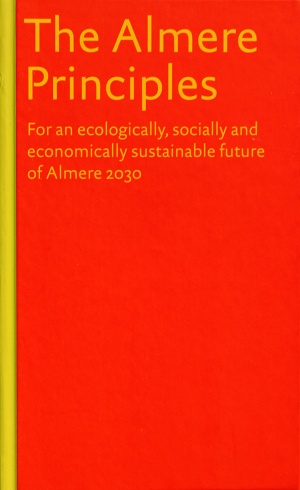

The Almere Principles; For an ecologically, socially and economically sustainable future for Almere 2030
Co-authors: Jaqueline Cramer, Adri Duivesteijn, William McDonough
Thoth, Bussum, for the Municipality of Almere, 2008
The Dutch new town of Almere has grown from population zero to 200,000 in just forty years, and in 2008 was planning for another near-doubling in the next decades. For its future urban development it drew inspiration from the Cradle To Cradle sustainability approach. This philosophy was articulated in seven concise principles, drawn up in cooperation with Cradle to Cradle co-founder William McDonough.
Co-authors Adri Duivesteijn and Jacqueline Cramer were at the time Alderman of the city of Almere and minister of Housing, Spatial Planning and Environment (VROM) respectively. I contributed the historical essay ‘Naar oude Almeerse trant’, as well the overall editing.


Spelling Space
Essay in: Marlies Buurman, Maarten Kloos (eds.), Impact. Amsterdamse stedebouw na 1986 / Urban planning in Amsterdam after 1986, ARCAM, Amsterdam 2004
To this collection of urban plans in Amsterdam between 1986 en 2004, I contributed a wide-ranging essay on the urban planning conditions, trends, difficulties and triumphs of the time. As one of the key events I identify the city's failed bid during 1984-1986 to host the 1992 Olympic Games. 'In retrospect, the Olympic project was an exercise in the international battle of prestige, a bid to mobilize the population, an attempt to interconnect a number of spatial developments and to elevate them to a higher plane.' Even though this attempt failed, it proved to be the starting point for a new era of vivid debate, controversy and innovation that helped Amsterdam to reinvent its urban planning elan.
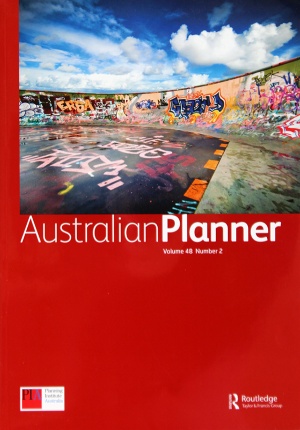

1-in-100 years standard is a gamble, or: Time to go Dutch on flood planning
Artikel in: Australian Planner, June 2011
After the devastating floods that hit Queensland and Victoria, Australia, in 2010-2011, I reflected on the ‘1-in-100 year flood’ safety standard that was widely accepted in Australian cities and economic centres at the time. It is a surprisingly low standard compared to my own flood-sensitive country, the Netherlands, that maintains safety standards ranging from ‘1-in-1,250 years’ for rural areas up to ‘1-in-10,000 years’ for urbanized and economically strategic regions.
Stricter standards make sense in Australia too, I argue. They will protect both human lives and economic interests, and the investment will be far lower than the damage that the floods would otherwise have caused. I estimate that a standard in the 1-in-1,000 to 1-in-2,000 range is likely to be sufficient for urban and economic centres in Australia.
‘Of course it will cost a lot of money’, I wrote. ‘But then living in a flood-sensitive area is a costly affair anyway. In effect, Australians have chosen to wait for the flood to come, and pay billions of dollars afterwards. (…) The alternative choice is to spend the money before the flood arrives, as a long-term investment in prevention and mitigation measures.’
The argument in this short article reappears in ‘Making room for the river’ (2017).
